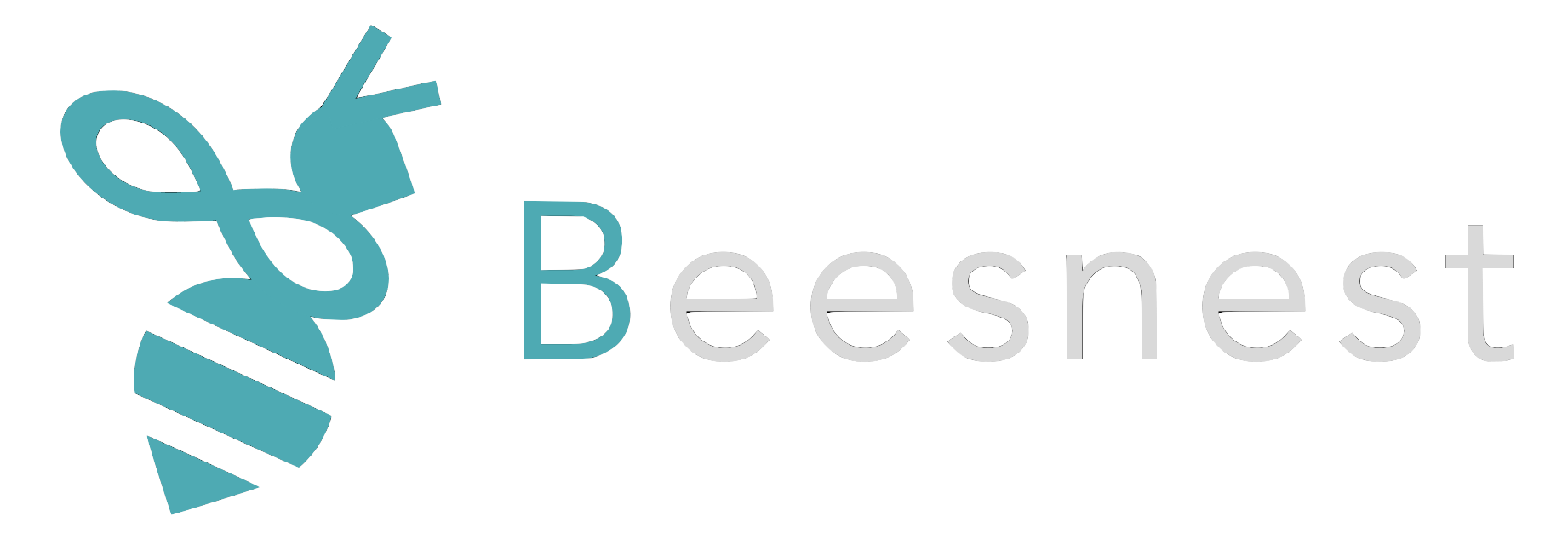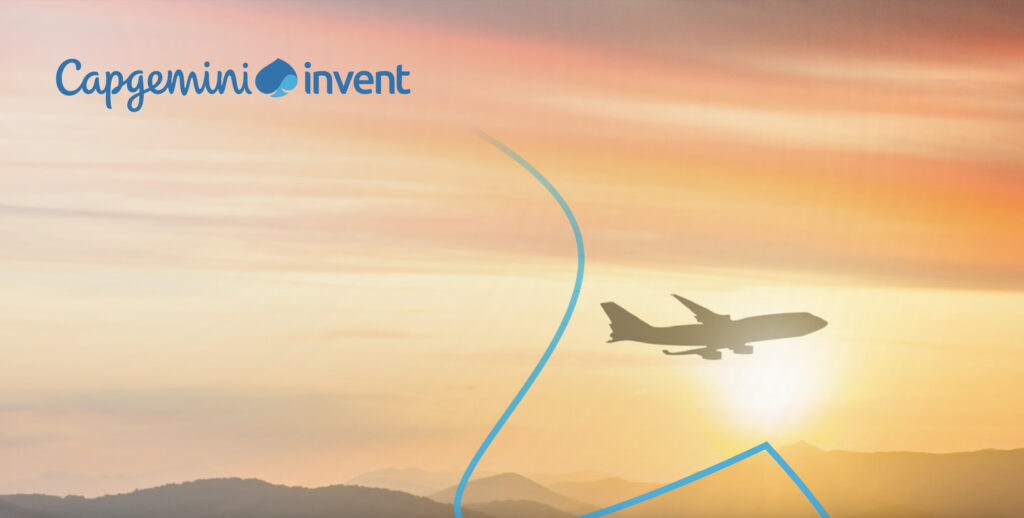Synthèse de Beesnest : Quels sont les différents moyens de production de SAF (Sustainable Aviation Fuel) et leurs impacts ?
L’étude de Capgemini rappelle que le secteur doit mettre en place des solutions pour réduire ses émissions de dioxyde de carbone (711 Mt de CO2 pour l’année 2021). L’une de ces solutions sur le moyen terme est la production de carburants d’aviation durable (Sustainable aviation fuel, SAF en anglais). Cette solution pourrait ainsi réduire de 53% les émissions de CO2 d’ici 2050. Cependant plusieurs questions se posent concernant la production de ces carburants : quels volumes de production ? Quels seront les producteurs ? Quels moyens de production seront utilisés ? Quelles seront les ressources nécessaires pour produire ces volumes ?
The need to find a solution in order to mitigate the carbon emissions of the aviation industry:
- IATA (International Air Transportation Association) estimated that 300 million liters of SAF have been produced globally in 2022 representing only 0.1% of jet fuel consumption.
- According to the study, 65% of SAF (450 billion liters – please refer to Figure 5 page 9 to see the estimated SAF production by 2050) would be needed in order to achieve carbon neutrality by 2050 meaning that SAF would have to account for 5.2% of jet fuel in 2030. This will be possible through 3 pillars: technology investment (R&D), SAF scale, and governance (incentives and new policies) – please refer to page 5.
- The study offers graphics entitled “A continuous rise in carbon emissions despite the halt linked to Covid” showing the trajectory of carbon emissions by 2030 (page 6).
- Hopefully, solutions exist in order to mitigate the emissions. The graphics entitled “~67% of reduction in emissions can be achieved by focusing on boosting SAF and improving efficiency” shows the impact of each of the solution in the reduction of carbon dioxide in the aviation industry (page 7). Moreover, three solutions (SAF, hydrogen, and electricity) have been compared in a table showing the positive aspects of the technology and the negative ones. SAF seems to be the technology with more positive aspect compared to hydrogen and electricity as there is almost no change in aircraft in order to use the technology (Figure 4 “Comparison of SAF with other propulsion technologies”, page 7).
The production of SAF (Sustainable Aviation Fuel):
- The study recalls the 5 big steps of SAF production (please refer to figure 6 page 10):
-
- Feedstock production,
- Transportation to processing centers
- feedstock processing
- SAF refinery
- SAF transport via distribution centers
-
- Moreover, the study gives a small comparison of the numerous pathways studied in the document: Synthesized Iso-Paraffins, HEFA, alcohol-to-jet (ATJ), and the Fischer Tropsch process. The maturity and the efficiency of each technology are presented in a graphic (page 11) showing that HEFA is the most mature solution for the moment.
- The study offers a focus on the production of feedstock needed for these 4 technologies around the world. Charts are available in order to understand where each technology could rely more on specific feedstocks (pages 15 to 17). Moreover, there is a risk that SAF production competes with agriculture (please refer to Figure 10 entitled “SAF competition assessment with agriculture”).
- A social assessment of feedstock and a focus on SAF regulation around the world are available, along with a specific focus on the RefuelEU initiative (pages 24 and 25), as well as a focus on the US and the SAF Grand Challenge Roadmap (page 26).
- Finally, an economic assessment is provided. The production of SAF for the moment is expensive but the production of HEFA could lower the price to 1$ per liter in the following years (near the actual price of jet fuel of 0.77$ per liter). Please refer to Figure 20 entitled “SAF production cost comparison by process“.
- The report ends with recommendations for the European Union and the United States in terms of production of feedstock and technologies.
Veuillez noter qu’il ne s’agit pas d’une liste exhaustive de toutes les informations contenues dans le rapport, mais plutôt d’un résumé de certains points et chiffres clés. Pour plus d’informations, veuillez lire le rapport complet.
Informations sur l'étude
- Cabinet de conseil : Capgemini
- Date de publication : 23 Juin 2023
- Auteurs : Sébastien Kahn
Les informations contenues dans la synthèse d’études et de rapports produite par Beesnest sont fournies à titre informatif uniquement et ne constituent pas des conseils professionnels. Les études et les rapports utilisés pour produire cette synthèse proviennent d’autres organismes et n’ont pas été rédigés par Beesnest. L’exactitude, l’exhaustivité ou la pertinence de ces informations ne peut pas être garanties par Beesnest qui n’est pas responsable des erreurs, omissions ou imprécisions dans cette synthèse. En utilisant cette synthèse, vous reconnaissez que vous le faites à vos propres risques et que vous êtes responsable de la prise de décision qui en découle. Beesnest n’est pas responsable de tout préjudice ou dommage résultant de l’utilisation de ces informations.
Beesnest Analyste ayant rédigé la synthèse de l'étude :

Pierre DUBOS
Après des études à Paris et à Londres en management et international business au sein de l’Université Paris Dauphine, Pierre a cofondé Beesnest. Sa passion ? L’aviation ! De nombreuses expériences d’analyste dans le monde du conseil et la banque d’investissement en financement aéronautique lui ont permis de mieux connaître le secteur. Pierre est actuellement en train de passer sa License de Pilote Privé (PPL) à Saint-Cyr (LFPZ).

